Putnam Livermore’s California State Parks
Below, in his own words, Putnam Livermore remembers some of the California state parks he co-founded.
Links to Parks:
Robert Louis Stevenson State Park | Sweeney Ridge Trail | Andrew Molera State Park | Folsom Powerhouse State Historic Park | Eel River Wildlife Area | Montana De Oro | Samuel P. Taylor State Park | Zephyr Cove Park | SF Bay Natural National Wildlife Refuge | The Forest of Nisene Marks State Park | John Little State Natural Reserve
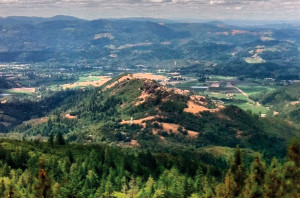
ROBERT LOUIS STEVENSON STATE PARK
The park, located in Calistoga, California, was named after Robert Louis Stevenson because he honeymooned in the mining camp and wrote “Silverado Squatters” and part of “Treasure Island” there.
Our family gave the first 1000 acres. My Aunt Edith Livermore raised some of the money. The family legend is that she asked playwright and novelist Somerset Maugham, who was always invited to her salons, to help due to his admiration for Robert Louis Stevenson. When Maugham refused, enterprising Edith auctioned off the refusal letter to raise money for the park. After the older members of our family died, I was the most involved member. In particular, I helped with the creation of the 10.6 mile out and back St. Helena Trail.
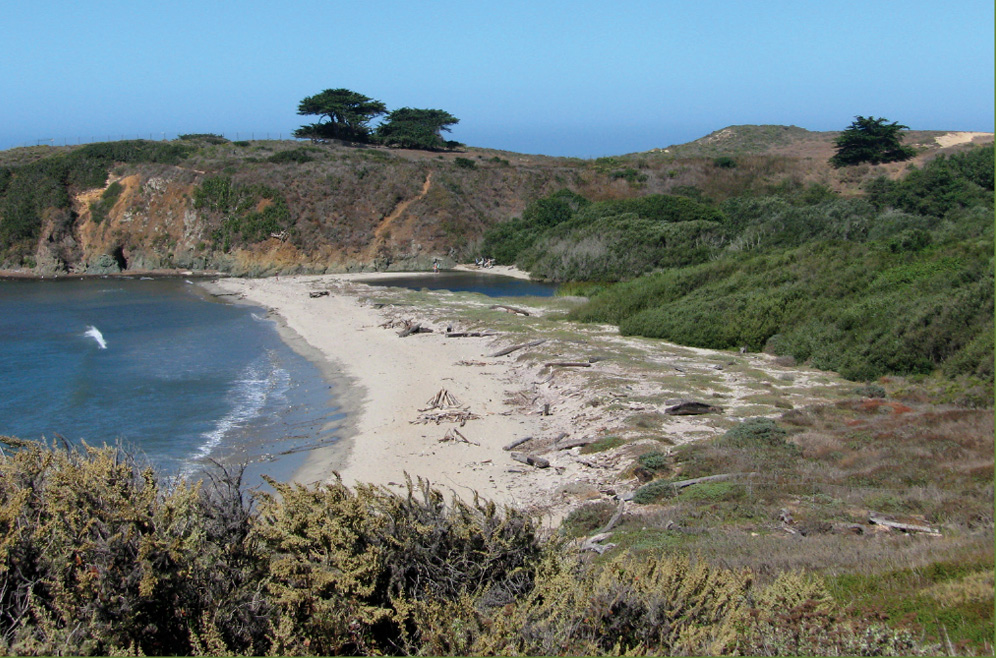
ANDREW MOLERA STATE PARK
Doris Leonard and George Collins introduced me to retired Judge Edgar Zook. He and I started working on him. I just kept after him. He was a long retired attorney for Mrs. Molera. I visited and got to know him. He liked to talk about Roman Law and politics just like Homer Angelo. And I kept asking for the deed and he would always put me off. All of this took a lot of patience and persistence.
One day I got a phone call from Judge Zook’s law firm. He had the bad news that Mrs. Molera had died and I was very distraught. This seemed to be a disaster. Later, I was relieved to get another call from the same attorney saying he had the papers and she had already signed them. The park is 2,500 acres, which includes the whole mouth of the beautiful Big Sur River.

EEL RIVER WILDLIFE AREA
The Eel River is a major river, about 196 miles long, that flows through the Coast Ranges of five counties in California.
Homer Angelo* got together nine or ten thousand acres on the river. He admired my mother (Caroline Livermore) because she had done so much in conservation and me because I had done Republican work and together we made great progress on getting that deed.
Angelo took us on a tour of the property and we talked about tendering the money. He said, “Oh I didn’t think you would want the deed now. Thought you would stay with us for a couple of weeks, especially for a Native American Powwow.” We came to the river at high tide but there was no way to cross except by a bucket hanging off a rope. Angelo assumed my mother and I would get into the bucket but my mother had some problems. She dipped up and down just a few feet from the roaring river. It was very frightening. When we got to the other side, I said, “Angelo, I’m just an associate in a law office and I have to be in San Francisco tomorrow. Can I have the deed?” “Oh no.” he replied, “There are defects in the deed.” It was a crude instrument and there was no formal attorney on his side so we had to leave without the deed. He said it was defective but I knew in my heart that he couldn’t bear to give up the land.
I said, “Mr. Angelo, you’ll have to get a lawyer.” And so we put the money in escrow and it stayed a few years. I hired a lawyer named London who worked out a mutual agreement, which covered the passing of the deed and payment.
Some years later, my brother John and his girlfriend and I were visiting the property. Mrs. Angelo had died but we had a nice meeting. At one point Angelo asked, “Does anybody want a beer? John you know where the beer is. Bring Put one, too.” Everybody laughed as John surely knew where the beer was because it took 20 years to get the deed.
It is now a Northern California Preserve and the first Natural Reserve of the Nature Conservancy in the United States.
*champion of world peace and environmental protection
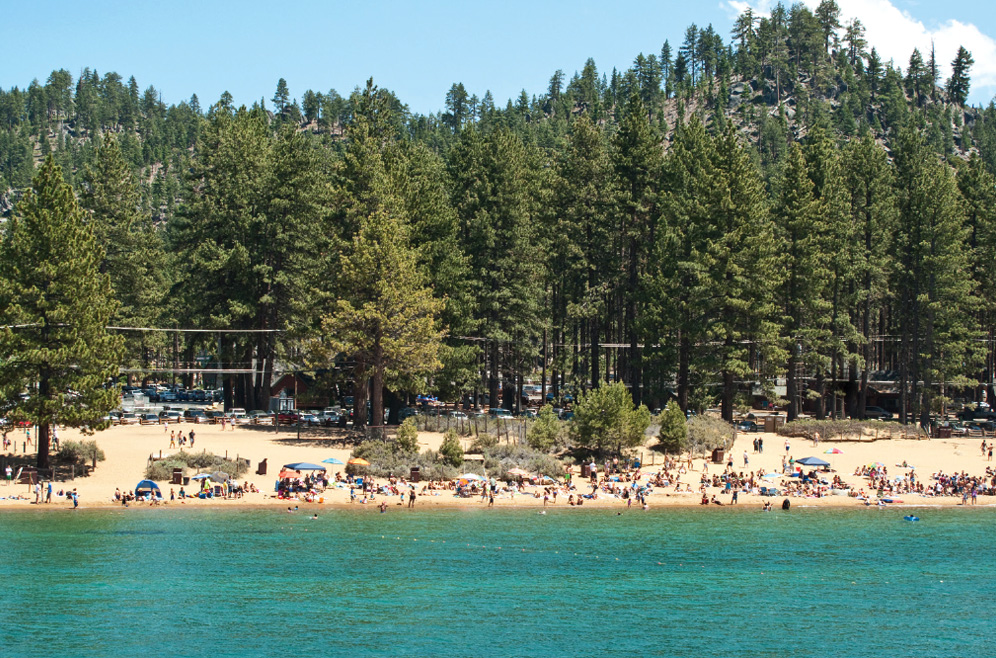
ZEPHYR COVE PARK
Harriet Burgess, from the American Land Conservancy, asked me to loan the organization $250,000 to make option agreement consideration payments while they were selling properties to generate the revenue to make the full acquisition. So I did and it was a great success.
The sapphire blue waters of the East Shore of Lake Tahoe had never been available to the public. This acquisition allowed for enjoyable swimming, hiking, and camping for many visitors all over the world.
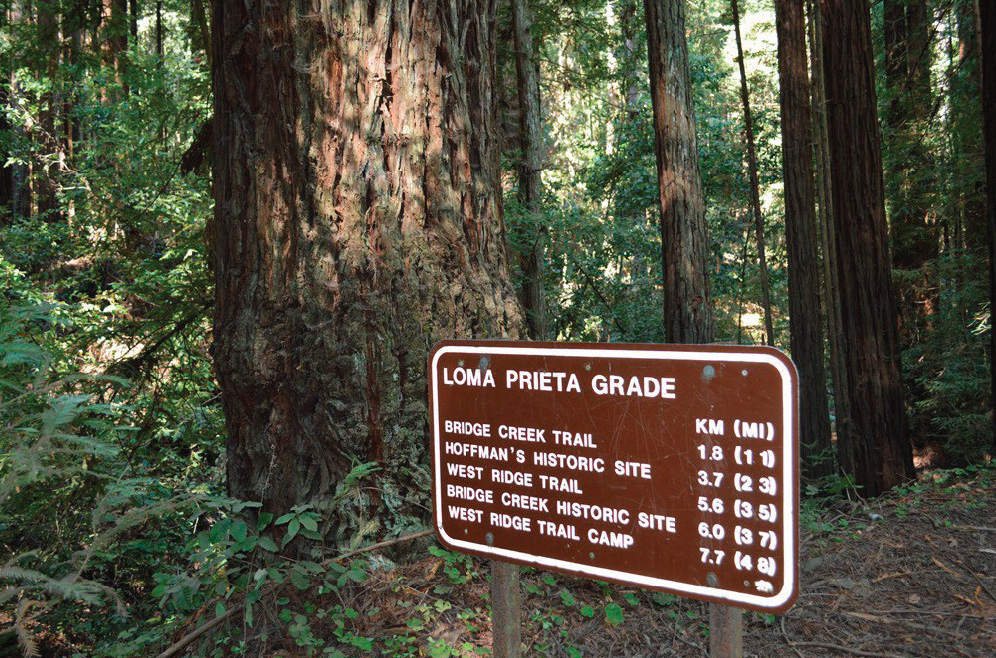
THE FOREST OF NISENE MARKS STATE PARK
During the 1960’s, I worked on the acquisition of The Forest of Nisene Marks located in the Santa Cruz Mountains with Doris Leonard and George Collins. Evan Evans told me about the Nature Conservancy, that they were a non-profit, based in Washington D.C., whose main purpose was saving endangered natural areas of large parcels in California. I had met them on a Sierra Club Pack “high” trip along the John Muir Trail in the Sierra Mountains in California. At that time I was associate attorney and doing menial work in the summers for my brother Norman as a mulepacker.
I worked with Herman Marks in the family’s efforts to establish a memorial for their mother, Nisene. Herman’s mother was a widow who bought this property and raised chickens in the area. It was a parcel of approximately 10,000 acres. I drew up a pioneer conservation easement near Aptos in San Jose County.
The conservation easement was to be placed on this acreage restricting different areas for hiking, horseback riding, and other activities in perpetuity. The conservation easement was, at the time, one of the largest conservation easements in California. I worked with Herman for several years with the State Parks to get them to agree to the restrictions.
Image Sources:
Sweeney Ridge Trail – Technologyhiker.com
John Little State Natural Reserve – CaliforniaBeaches.com
Folsom Powerhouse – Panoramio.com
Robert Louis Stevenson State Park – Alltrails.com
Eel River Wildlife Area – Ranchagent.com
The Forest of Nisene Marks State Park – Loyaltytraveler.boardingarea.com
Andrew Molera State Park – Pantilat.wordpress.com
Samuel P. Taylor State Park – Stateparkclosurestrip.blogspot.com
SF Bay Natural National Wildlife Refuge – Kqed.org/science/
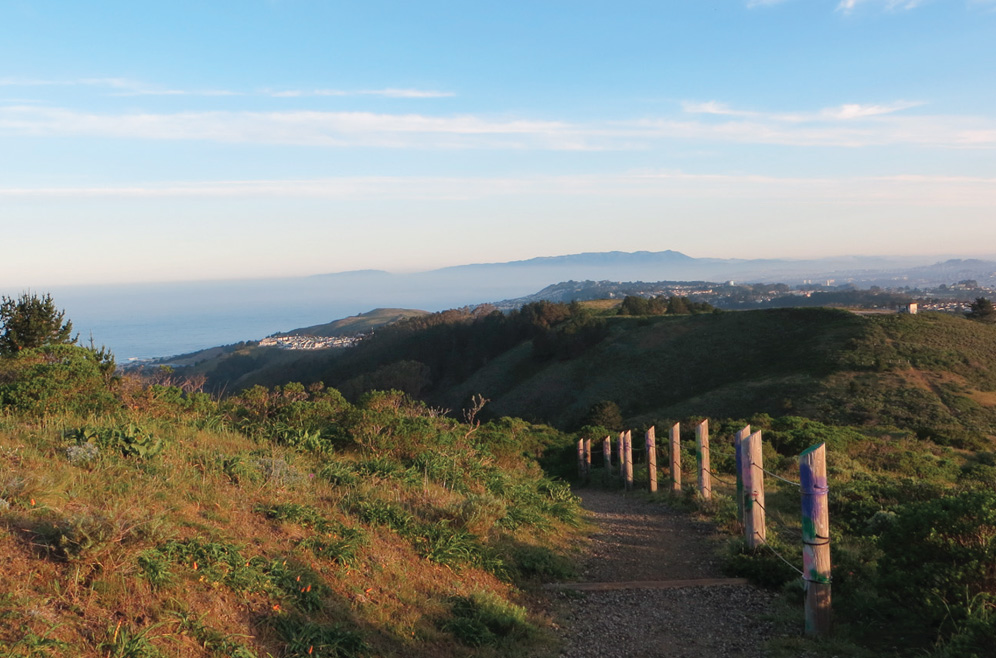
SWEENEY RIDGE TRAIL
Sweeney Ridge was a point at which Spanish explorer Gaspar de Portolá first came over from the ocean and saw the bay. The Nature Conservancy had been working for a long time and simply could not close the deal. Just as life is, sometimes someone through politics is suited best for the job. I knew U.S. Senator Pete Wilson and had great connections with the Secretary of Interior in the Reagan cabinet.
I went to Washington D.C. after careful preparation. I remember I walked up Mount Tamalpais to clear my head. I had an appointment with Bill Clark, head of the Park Service, and he had one of the most interesting offices in DC…beautiful walls of natural scenes. When I think of this, it’s remarkable and funny. We got in his office. His dad was an old frontier marshal and his revolver was in the office. We talked about the old days and finally Bill said, “Well, Put, I can’t tell you right now we got a deal” and our hearts all sank. “But phone me from your office. Stay there in your office till sunset, and I’ll see what I can do.”
I walked up and down Mt. Tamalpais. I phoned Gov. Pete Wilson for some assistance. I went over to our office and was anxious as the sun was going down. And just before sunset, the phone rang. “I can’t make you an offer. If you will write me a letter and offer $8 million, we’ve got a deal.” So we went over to the Secretary of Interior’s office and got the deed to Sweeney Ridge that day.
One of the most commanding views is standing where Portola stood when he saw the San Francisco Bay.
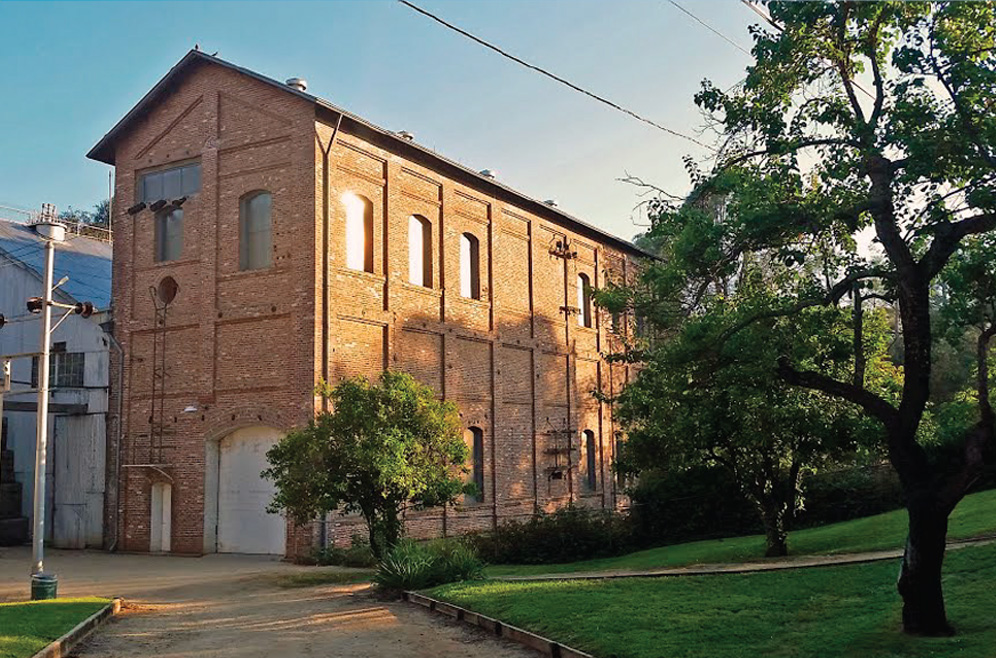
FOLSOM POWERHOUSE STATE HISTORIC PARK
Three generations of the Livermore family worked to build the first powerhouse and dam in the world. My forbearers almost went broke but finally got some help, and it worked, and our company became one of the three companies that formed PG&E. They lit up Sacramento Dome for the first time and got the streetcars running. The Livermore mantel was passed to me for the finishing touches.
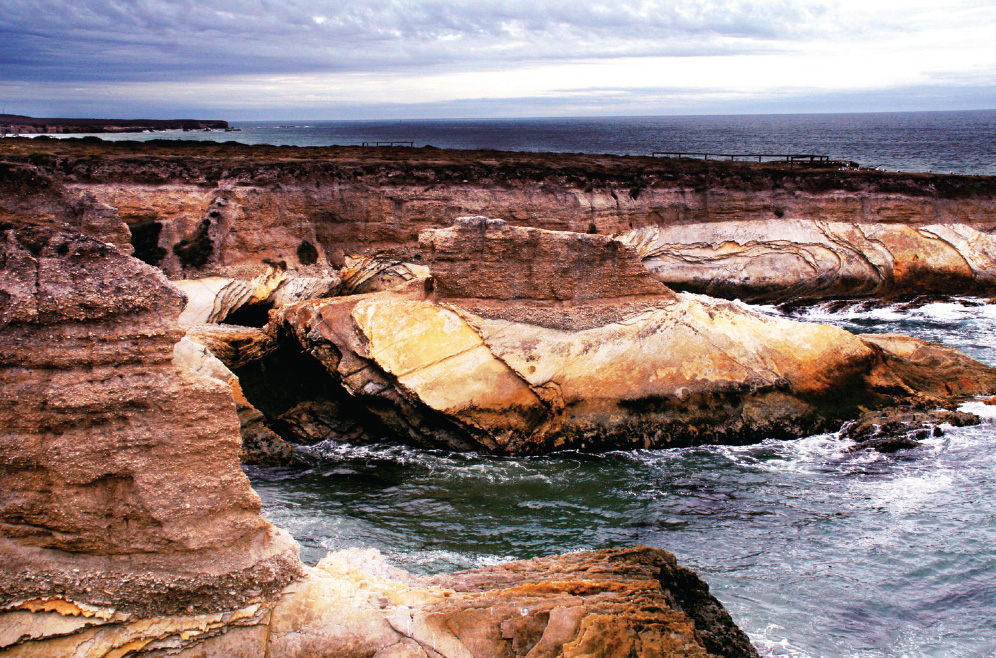
MONTANA DE ORO
Irene McAllister bought the park in Los Osos, California in the 1940s but owed back taxes on it. George Collins and Doris Leonard, who started the Nature Conservancy, asked me to help try to save it. In order to meet with the attorney to do so, I needed to learn about tax law. After my regular job at the firm, I stayed up, studied and prepared for three nights with very little sleep. When I went to meet with the guy, I was the most tired I had ever been in my life and thought I would fall asleep. Luckily, I did not and was happy that he was susceptible to give us an option and a pioneering covenant to “not to sell.” One concession we had to make was to keep the name of the park that Irene McAllister had selected, Montana De Oro.
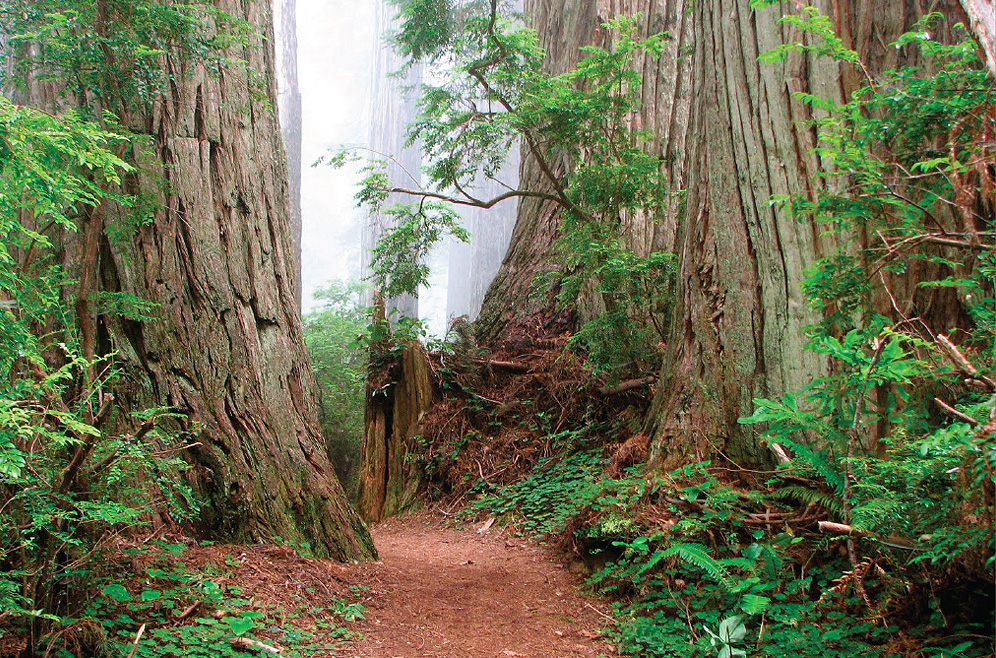
SAMUEL P. TAYLOR STATE PARK
The park, located some 27 miles north of the Golden Gate Bridge, was one of the first parks that I worked on. Sometimes I went with my mother to visit the Taylor widow, who had an apartment in San Francisco.
First attempts were unsuccessful so she simply went each day and sat in the lobby until Mrs. Taylor came downstairs. They got along really well. Mother told her they would pay the taxes on the property and name the park after her husband and she made the deal.
I did all the paperwork, and I learned a lot
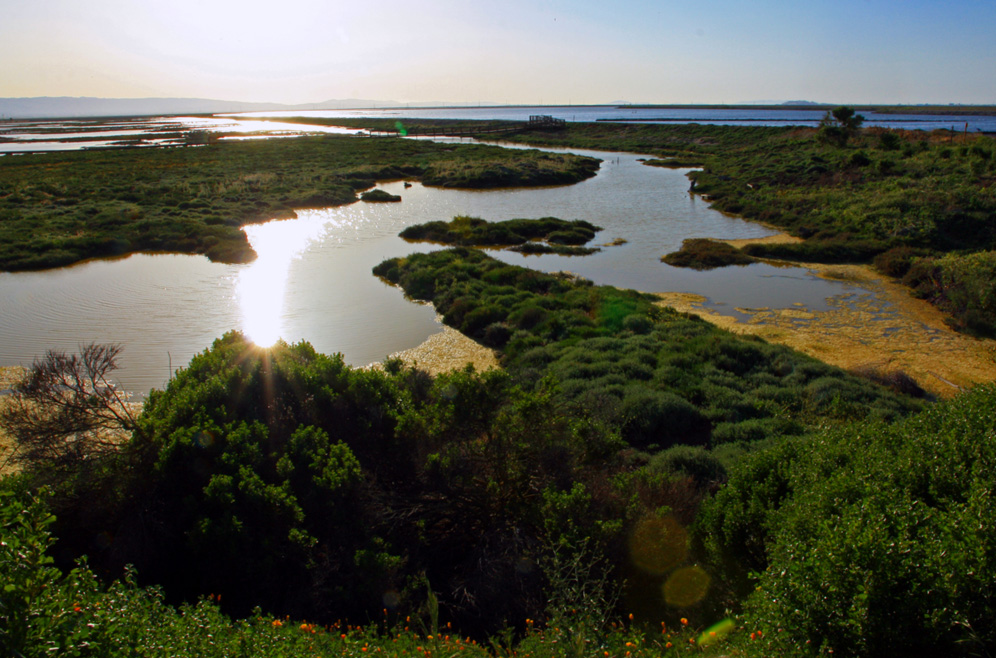
SF BAY NATIONAL NATURAL WILDLIFE REFUGE
In the 1970s, I continuously worked for five years to work out the deed to conservation easement. Leslie Salt Company could manage its solar salt ponds in the San Francisco Bay of about 10,000 acres. Whereby a unique plan of cooperation between the salt pond manager (private industry) and a wild bird sanctuary to put restrictions onto land where the birds eating the shrimp were compatible with the production of salt. That was quite unique, too.
The city of San Jose was going to put its sewage in an “oxidation pond” which involved spreading out the manure. I worked with a senior partner for several years. I discovered in the Santa Clara library that the law was a municipality had to prove three things:
1.Had to be a public use
2. Had to be a necessity for the public use
3. Public structure had to be located to conserve for the greatest public use and the least private injury.
Leslie Salt was unable to prove this. I was lead counsel. I won the case.
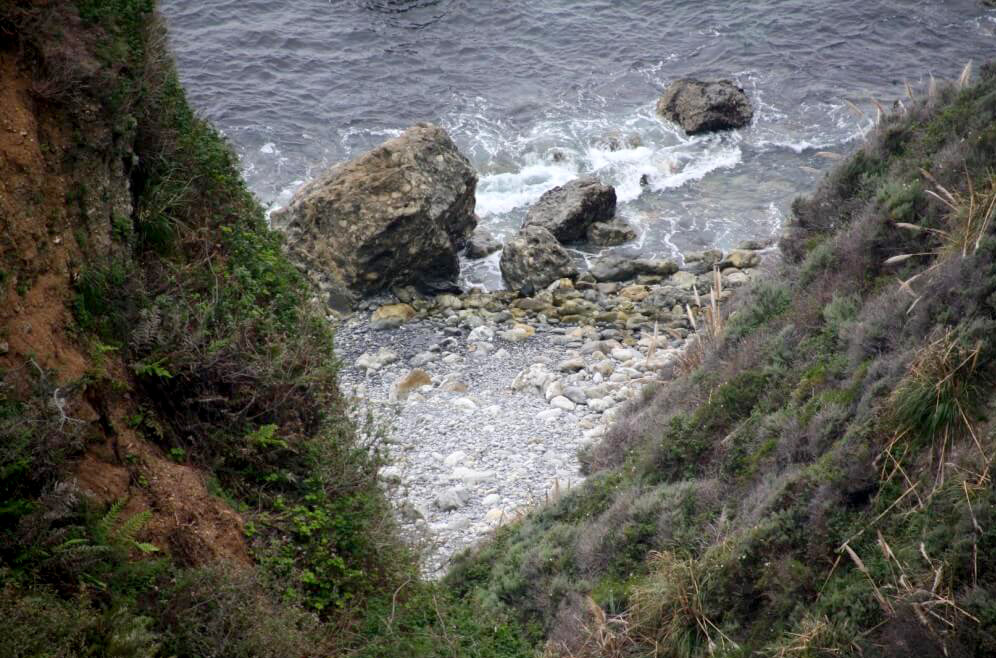
JOHN LITTLE STATE NATURAL RESERVE
Upon her death, my aunt, Elizabeth Livermore, gave 25 acres along the Big Sur to the be used as a State Park. She was a “Girl of the Golden West” who rode a pinto, worked the land and homesteaded in the 1930’s. As her favorite nephew and primary heir, I helped Harriet Burgess, a prominent conservationist, transfer the property and turn it into a natural reserve. It is located next to The Esalen Institute, which was originally homesteaded by Aunt Beth’s friend, John Little. Both properties have world famous views.